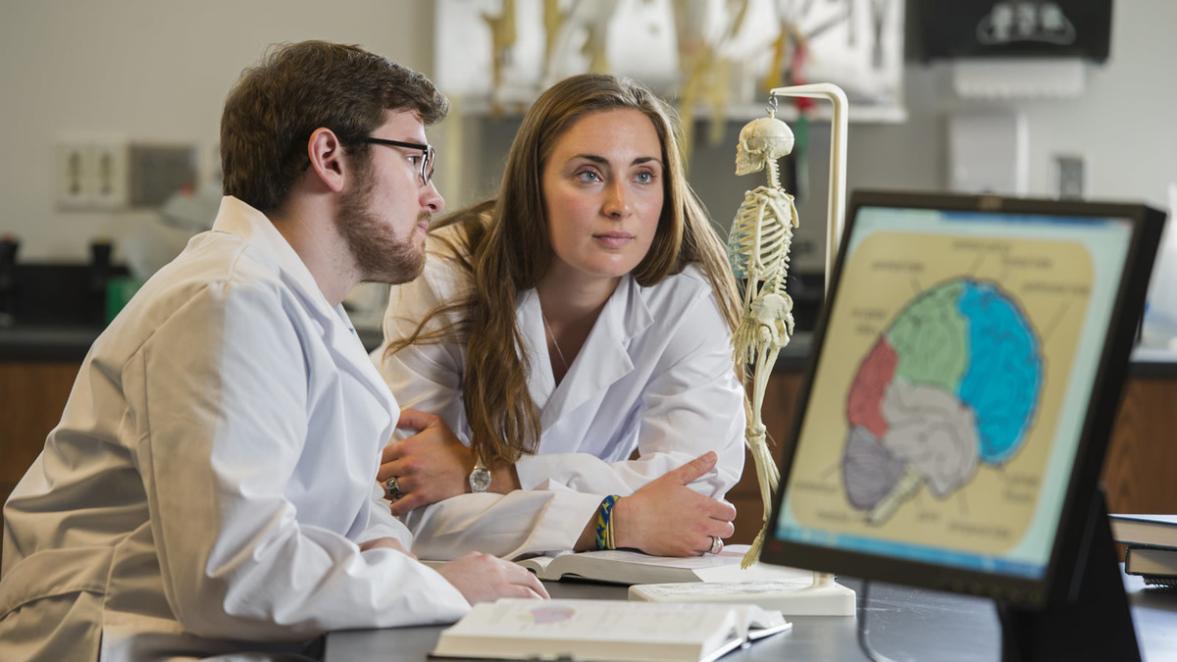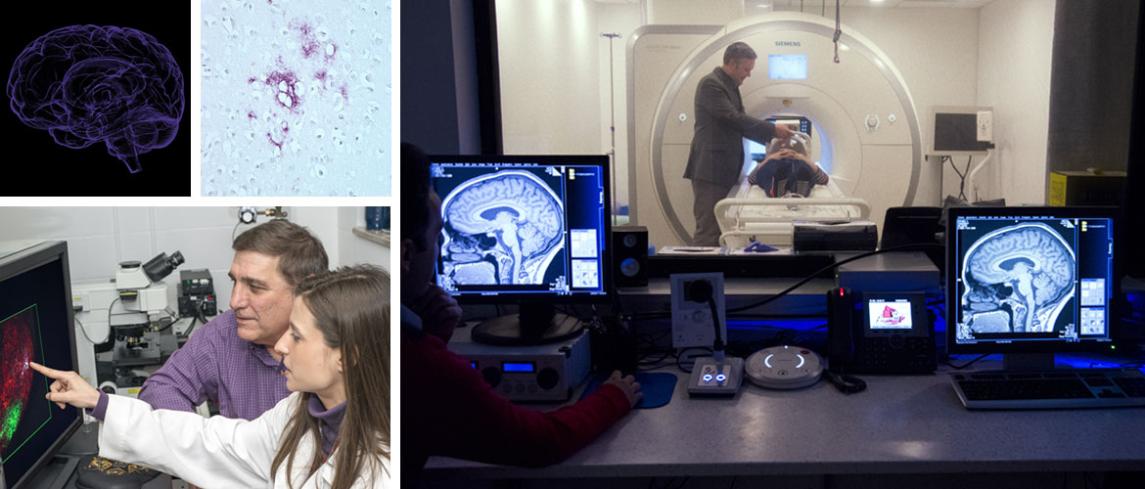What are the Implications of Neuroscience for Teaching and Learning?
Neuroscience, the study of the nervous system and brain, has revolutionized our understanding of how we learn. By exploring the intricate workings of the brain, neuroscientists have uncovered fundamental principles that have profound implications for teaching and learning.

Brain Structure And Function
The brain is a complex organ composed of billions of neurons that communicate through electrical and chemical signals. Different brain regions are responsible for various cognitive functions, including attention, perception, memory, and decision-making.
- Attention: The brain's attentional system helps us focus on relevant information and filter out distractions. Attention is crucial for learning, as it allows us to concentrate on the task at hand and process new information effectively.
- Perception: The brain interprets sensory information from the environment and transforms it into meaningful representations. Perception is essential for learning, as it allows us to make sense of the world around us and acquire new knowledge.
- Memory: The brain stores and retrieves information through a complex network of neural connections. Memory is fundamental for learning, as it enables us to retain new information and apply it to new situations.
- Decision-Making: The brain integrates information from various sources to make decisions. Decision-making is critical for learning, as it allows us to evaluate options, solve problems, and make informed choices.
Neuroplasticity And Learning
One of the most remarkable discoveries in neuroscience is neuroplasticity, the brain's ability to change and adapt throughout life. Neuroplasticity is the foundation of learning, as it allows the brain to form new neural connections and strengthen existing ones in response to new experiences.
- Experience-Dependent Plasticity: The brain's structure and function are shaped by experiences. When we learn something new, the brain creates new neural pathways or strengthens existing ones. This process, known as experience-dependent plasticity, is the basis of all learning.
- Long-Term Potentiation: Long-term potentiation (LTP) is a form of synaptic plasticity that strengthens the connections between neurons when they are repeatedly activated together. LTP is thought to be a cellular mechanism underlying memory formation.
- Long-Term Depression: Long-term depression (LTD) is a form of synaptic plasticity that weakens the connections between neurons when they are not frequently activated together. LTD is thought to be a cellular mechanism underlying forgetting.
Implications For Teaching Practices
The principles of neuroscience have significant implications for teaching practices. By understanding how the brain learns, educators can design more effective and engaging learning experiences.
- Active Learning: Active learning strategies, such as problem-solving, discussion, and hands-on activities, promote deeper understanding and retention of information. Active learning engages multiple brain regions and strengthens neural connections.
- Spaced Repetition: Spaced repetition, the practice of reviewing information at spaced intervals, enhances long-term memory. Spaced repetition helps to strengthen neural connections and prevent forgetting.
- Feedback: Feedback is essential for learning, as it provides information about the accuracy of one's understanding. Feedback helps to strengthen neural connections and correct misconceptions.
- Multisensory Learning: The brain processes information more effectively when it is presented through multiple sensory channels. Multisensory learning engages different brain regions and strengthens neural connections.
Assessment And Evaluation

Neuroscience can also inform assessment and evaluation practices. By understanding how the brain learns, educators can design assessments that are more accurate and meaningful.
- Formative Assessment: Formative assessment, which provides feedback during the learning process, is more effective than summative assessment, which only provides feedback at the end of the learning process. Formative assessment helps to identify areas where students need additional support and allows them to make adjustments accordingly.
- Authentic Assessment: Authentic assessment, which evaluates students' ability to apply their knowledge and skills to real-world situations, is more meaningful than traditional paper-and-pencil tests. Authentic assessment engages multiple brain regions and promotes deeper understanding.
Challenges And Future Directions
While neuroscience has provided valuable insights into teaching and learning, there are still challenges in applying neuroscience to educational practices. These challenges include:
- Limited Research: The research on the implications of neuroscience for teaching and learning is still in its early stages. More research is needed to understand how the brain learns in different contexts and how this knowledge can be applied to improve teaching practices.
- Complexity of the Brain: The brain is an incredibly complex organ, and our understanding of how it works is still incomplete. This complexity makes it difficult to translate neuroscience findings directly into educational practices.
- Need for Collaboration: Collaboration between neuroscientists and educators is essential for advancing our understanding of how the brain learns and for developing effective teaching practices based on neuroscience principles.

Neuroscience has the potential to revolutionize teaching and learning by providing a deeper understanding of how the brain learns. By integrating neuroscience principles into educational practices, educators can create more effective and engaging learning experiences that promote deeper understanding and retention of information.
As research in neuroscience continues to advance, we can expect to gain even more insights into the brain's learning mechanisms. This knowledge will continue to inform and improve teaching practices, ultimately leading to better learning outcomes for all students.
YesNo

Leave a Reply